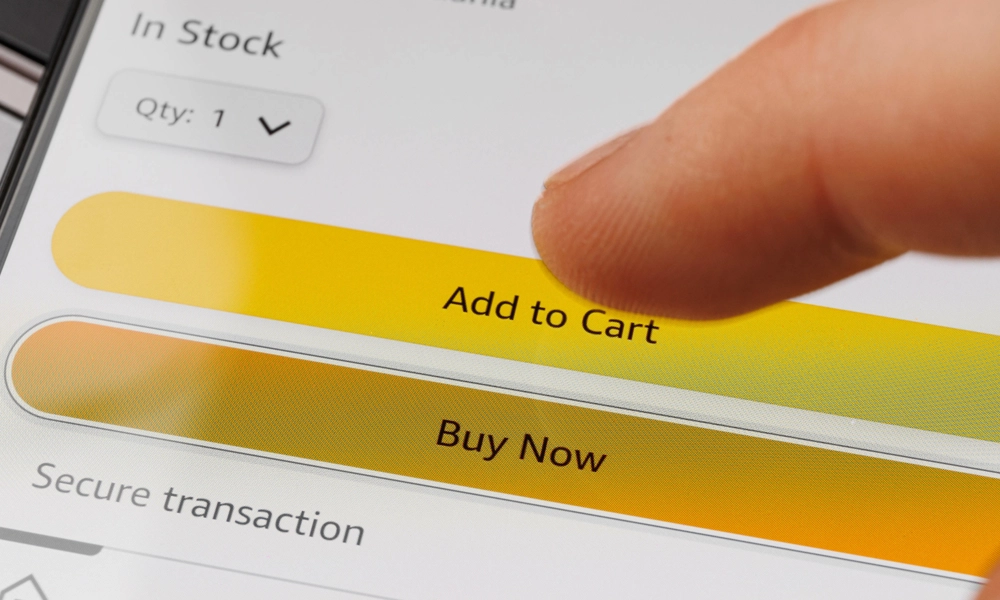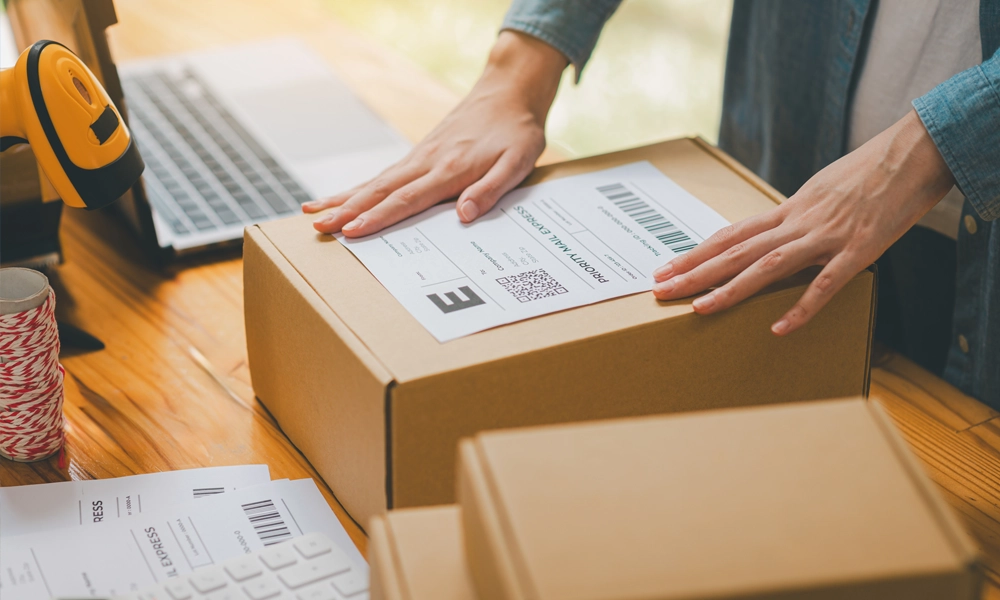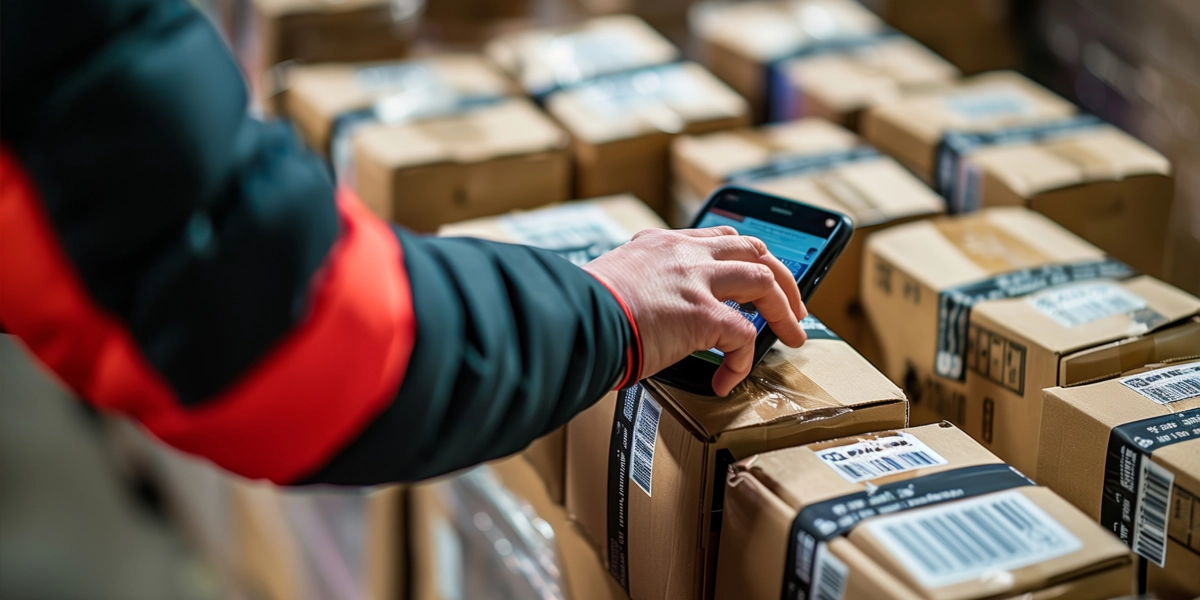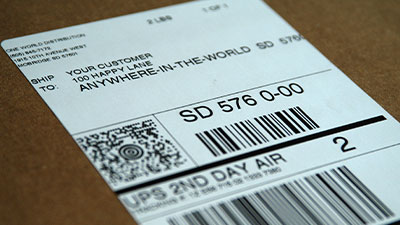In This Article:
Amid the COVID-19 crisis, supply-chain strain at Amazon doesn’t have to spell trouble for sellers.
As the spread of the virus exploded in early March, calls to avoid crowded areas and stay home increased — which meant a sharp uptick in online shopping, particularly for household staples like cleaning supplies, paper products and groceries.
Consumers’ efforts to stock up and stay home, however, have strained Amazon’s usual supply chain and delayed shipments, with trucks backed up outside warehouses and online stocks dwindling. In an interview with Business Insider, Steven Yates, CEO of seller resource Prime Guidance, called it like he saw it: “Amazon has struggled to keep up with demand on essential items.”
On March 17, Amazon sent an email to sellers that it would no longer accept shipments of “nonessential products” to its warehouses, instead prioritizing high-demand products including medical supplies and household staples until April 5. That shift, compounded by shaky consumer confidence, has already made a dent: Yates told Business Insider that sellers on Amazon have seen orders for nonessentials drop by 40 to 60 percent.
Reliance on Amazon
It makes sense that many consumers are turning to Amazon — 300 million active customers, to be exact. The world’s largest online retailer has become synonymous with super-fast shipping and offers nearly 120 million products from 2.5 million active sellers. In December 2019, there were an estimated 112 million Amazon Prime subscribers who spend, on average, $1,400 per year in the booming online marketplace.
Brands who want to get their products in front of consumers know not only that Amazon is a crucial, trusted platform, but that selling there is a key survival strategy — as is meeting consumers’ expectations for free, two-day shipping.
Independent sellers have three different avenues to fulfill consumers’ orders through Amazon: Amazon FBA (or sometimes referred to as Fulfillment by Amazon), Fulfillment by Merchant (FBM), and Seller-Fulfilled Prime (SFP).
Fulfillment by Amazon (FBA)
Sellers ship merchandise to one of Amazon’s 175 warehouses, where Amazon employees then pack the items, ship them to consumers and track the order. Roughly two-thirds of Amazon’s sellers use this option.
Pros: Through one of Amazon’s FBA options, your products are eligible for Amazon Prime’s free two-day shipping, a beloved and built-in customer convenience. Amazon handles round-the-clock customer service, returns and refunds, and other logistics.
Cons: It’s going to cost you. Amazon charges fulfillment and storage fees, and you’ll get dinged with significant long-term storage fees if your products sit on the shelf for more than six months. Once those products are at the fulfillment center, if you opt to pool your products with the same items from other sellers, you run the risk of having your merchandise mixed up with counterfeit products.
Fulfillment by Merchant (FBM)
Sellers fulfill consumers’ Amazon orders themselves or outsource to a third-party service like One World Direct.
Pros: Sellers maintain more control over their business and inventory and don’t have to worry about FBA storage and fulfilment fees. Because Amazon penalizes sellers whose inventory doesn’t move off the shelves quickly, FBM is a better option for sellers with a smaller volume of more exclusive products. Stocking your own inventory or choosing your own warehouse to store it allows sellers to easily maintain a brick-and-mortar store in addition to offering online retail.
Cons: Some sellers aren’t equipped to handle every angle. Processing returns and handling customer service — on top of stocking inventory and managing shipments — can prove overwhelming for smaller sellers without help from third-party logistics (3PL).
Seller Fulfilled Prime (SFP)
Sellers fulfill orders through a hybrid of Amazon FBA and FBM options.
Pros: SA hybrid of the two, SFP allows sellers who manage and fulfill their own orders to participate in Amazon Prime and receive the Prime badge, which makes those products more appealing to consumers and increases sales.
Cons: Because sellers agree to deliver and fulfill orders using supported carriers within the two-day delivery window at no additional charge, they face the pressure of a time- and shipping-cost crunch.
Shifting Strategies
In a shifting market, sellers need immediate, dependable alternatives to Amazon FBA to move products, essential or otherwise. That means looking to companies that can handle 3PL outside Amazon’s overloaded infrastructure.
In uncertain times, OWD continues to operate, innovate, and support both its client and employees. OWD is sensitive to the impact that Amazon’s decision has had on their sellers and is waiving the integration charges for Amazon sellers who need an immediate alternative to FBA.
If you still have questions on finding alternatives to Amazon FBA, you can call us at 1-866-289-9010 or email us at sales (at) owd (dot) com.
In This Article:
Subscribe to our Newsletter
Tincidunt urna mauris eu quam vulputate lobortis sit. Purus feugiat arcu nunc quisque massa ut.



























